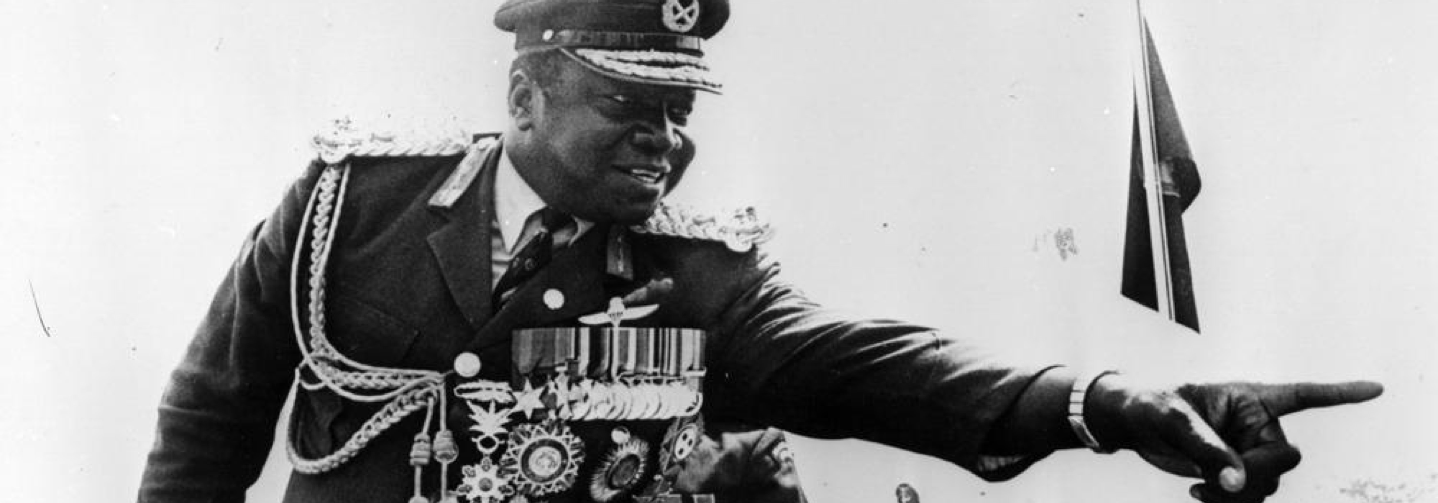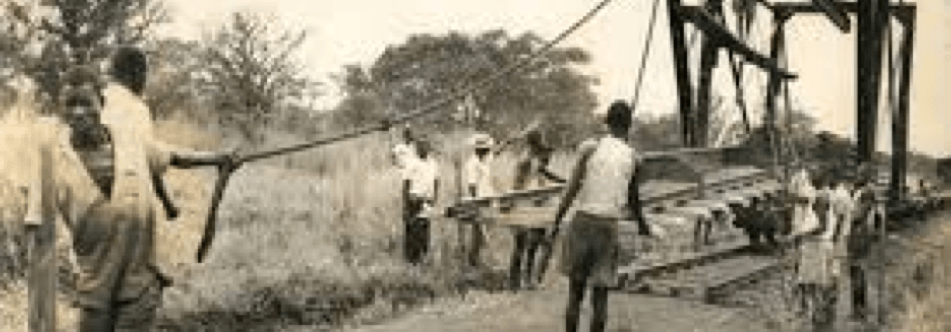Shalija Patel presents a timeline in Part IV of Migritude. Below, we present information adapted and modified from Patel’s timeline, highlighting major events in greater detail. Patel’s original text is quoted.
6th Century BC – The 16th Century
| 6th BC — Boteh, ambi, and paisley used as motifs in Central Asia. (Click here to learn more about the history of paisley) |
| 800 to 1500 CE — “Flourishing Indian Ocean Trade between inland African Kingdoms, East Africa Coast, Arabian Peninsula, India, and SE Asia. Evolution of Swahili language, Indian, and Bantu languages.” |
| 1600 CE — The British East India Company is given legal permission to trade in India. The British East India Company was a British and Indian joint-stock company. It was formed with the purpose for trade in the Indian Ocean region (Mughal India and East Indies), and later with Qing China. |
The 19th Century
| 1813 — “Britain imposes 80% duty on Indian textile exports.” |
| 1884-1885 — “Fourteen European countries attended the Congo Conference where they worked to divide and portion Africa between them.” |
| 1893 — “Creation of East African Protectorate over area that roughly approximates present day Kenya.” |
| 1895-1902 — “32,000 indentured Indian laborers imported by British to build East African railway. About 2,300 die during their contracts.” |
| 1895 — The British government dissolves the Imperial British East Africa Company. July 1, 1895 it proclaims a protectorate over the region, and the administration transfers to the Foreign Office. The region called British East Africa gets renamed to the “East Africa Protectorate.” |
The 20th to the 21st Century
| 1895-1920 — East Africa Protectorate persists. |
| 1907 — The British colonial administration is moved from Mombasa to Nairobi. |
| 1920 —In 1895, the British government took over and claimed the interior as far west as Lake Naivasha; it set up the East Africa Protectorate. In 1902, the border was extended to Uganda, and in 1920 the enlarged protectorate, except for the original coastal strip, which remained a protectorate, becomes a crown colony. |
| 1920-1948 — Indian migration continues to E. Africa |
| 1947 — “India wins its independence” (More About Indian Independence) |
| 1952-1959 — “Mau Mau freedom fight in Kenya. State of emergency and gulag imposed by British colonial government. Idi Amin serves in colonial regiment, the King’s African Rifles, whose soldiers incarcerate, torture, and murder Kenyans in concentration camps.” (More about the Mau Mau uprising) |
| 1963 — “Kenya gained independence from Great Britain, However, the British army continues to send 3,000 soldiers each year to Kenya for training at 5 military ranges.” (Kenyan Independence: A Case Study) |
| 1966 — “Opposition parties banned. Kenya becomes single-party state.” (Kenya becomes a single party state & Party Politics in Kenya 1963-2000) |
| 1971 — “Idi Amin seizes power in Uganda in a military coup backed by Britain, Israel, the US, and apartheid South Africa” |
| 1972 — “Idi Amin expels Uganda’s 80,000 Asians, seizes their assets” The expulsion took place during a time of Indophobia in Uganda. Amin was accusing a minority of the Asian population of disloyalty, non-integration and commercial malpractice. Indian leaders fought these claims. Amin accused non-native Ugandans of corruption and sabotage of Ugandas economy. Ultimately, Amin wanted to give Uganda back its ethnic heritage. Read more about expulsion of Asians from Uganda
“We are determined to make the ordinary Ugandan master of his own destiny, and above all to see that he enjoys the wealth of his country. Our deliberate policy is to transfer the economic control of Uganda into the hands of Ugandans, for the first time in our country’s history.” — Idi Amin, quoted in Uganda: a modern history. |
| 2010 — “Kenya passes a new constitution by a 70% majority in a national referendum. The constitution guarantees the rights envisioned at independence for all Kenyans, including women and minorities.” (2010 Kenyan Constitution & Women’s power through the Constitution) |
Negritude
"I wanted a word that would capture the idea of migrant attitudes, migrant with attitude. I was playing and riffing off the idea of negritude and migrants."
- Shalija Patel
-
The Oxford English Dictionary defines “Negritude” as “the fact or quality of being of black African origin; spec. the affirmation or consciousness of the value of black culture, esp. of a collective African heritage and identity; the cultural and political movement based on this.” In 1949, the Journal of Negro History said that the term negritude does not necessarily mean an imitation of form or content of North American Negro poetry, but a similarity of tone and of aspiration is what defines the term.
-
Negritude was a movement formed in the 1930s. It reflects a lifestyle and worldview for African peoples. The negritude movement inspired the "Black is Beautiful" movement in America in the 1960s.
- For Patel, the word "negritude" provided a framework for "migritude" and one of the major themes of her work. "Migritude" is not just a word, but a way of life characterized by hard-work, resilience. Patel says of the word, "I was asserting the same thing for migrants and migrant movements, saying there is a voice, a world, view, a space that migrant inhabit that is unique and powerful and defined by itself, not by how close they’ve come to assimilation, not even by where they came from, but the state of being a migrant."
Other Popular Negritude Books:
Negritude Women – T. Denean Sharpley-Whiting
Black Skin, White Mask – Frantz Fannon, Charles Lam Markmann
Read More Popular Negritude Books Here
Sari
The Sari is considered to be one of the oldest forms of clothing on earth. The sari is a long, unstitched piece of cloth, usually five to nine yards long, that is draped in a set pattern. It is sometimes referred to as the "outfit of the goddess" and is seen as a traditional symbol of beauty.
More about the Sari
History and Importance of the Sari in Indian Culture
Indian Jewelry
Jewelry has been meaningful to Indian women for generations. Indian jewelry has been considered to be a matter of security in the time of financial crises due to its cultural value. In Indian culture, having a significant collection of jewelry symbolizes its owner's power, status, and wealth. To a woman, the significance comes from the amount of jewelry gifts she receives from different occasions.
Sydney Gualtieri, John Quigley, & Taylor Vaca ’19







